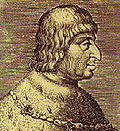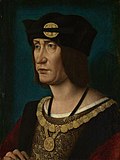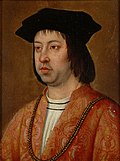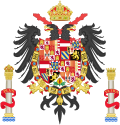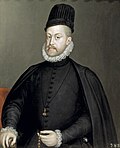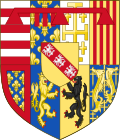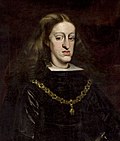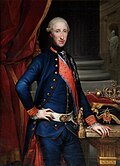| Portrait | Coat of Arms | Name | Reign | Claim to the throne | Title |
|---|
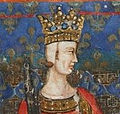 |  | Charles I
(Carlo I) | 30 March 1282 | 7 January 1285 | •Conquered the Kingdom of Sicily from Manfred as a part of the war between the Hohenstaufen dynasty & the Papacy •Following the Sicilian Vespers in 1282, the island of Sicily was lost to Peter III of Aragon | King of Sicily, Naples and Albania
(Re di Sicilia, Napoli e Albania) |
 | 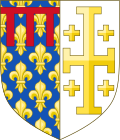 | Charles II, the Lame
(Carlo II, lo Zoppo) | 7 January 1285 | 5 May 1309 | •Son of Charles I | King of Naples
(Re di Napoli) |
 |  | Robert, the Wise
(Roberto, il Saggio) | 5 May 1309 | 20 January 1343 | •Son of Charles II | King of Naples
(Re di Napoli) |
 |  | Joanna I
(Giovanna I) | 20 January 1343 | 12 May 1382 | • Granddaughter of Robert I | Queen of Naples
(Regina di Napoli) |
 |  | Louis I
(Luigi I) | 18 August 1348 | 26 May 1362 | •Husband of Joanna I •Grandson of Charles II; member of the House of Anjou-Taranto
•Potential claimant to the throne through the male line if Joanna died childless, but he and his line also died out. | Jure uxoris King of Naples
(Re di Napoli) |
| After Joanna's death without legitimate issue, the heirs were her nieces, only one (Margaret) of whom left issue (with Charles, a member of the Durazzo branch of the House of Anjou). The next ones in line were the Durazzo branch itself (the Taranto branch, of which Louis I was part, had been extinguished), whose prominent figure, Charles, was Joanna's enemy. |
 |  | Charles III, the Short
(Carlo III, il Breve) | 12 May 1382 | 24 February 1386 | • Great-grandson of Charles II and second cousin of Joanna I of Naples •Member of the House of Anjou-Durazzo | King of Naples
(Re di Napoli) |
 |  | Ladislaus, the Magnanimous
(Ladislao, il Magnanimo) | 24 February 1386 | Early 1390 | • Son of Charles III | King of Naples
(Re di Napoli) |





















